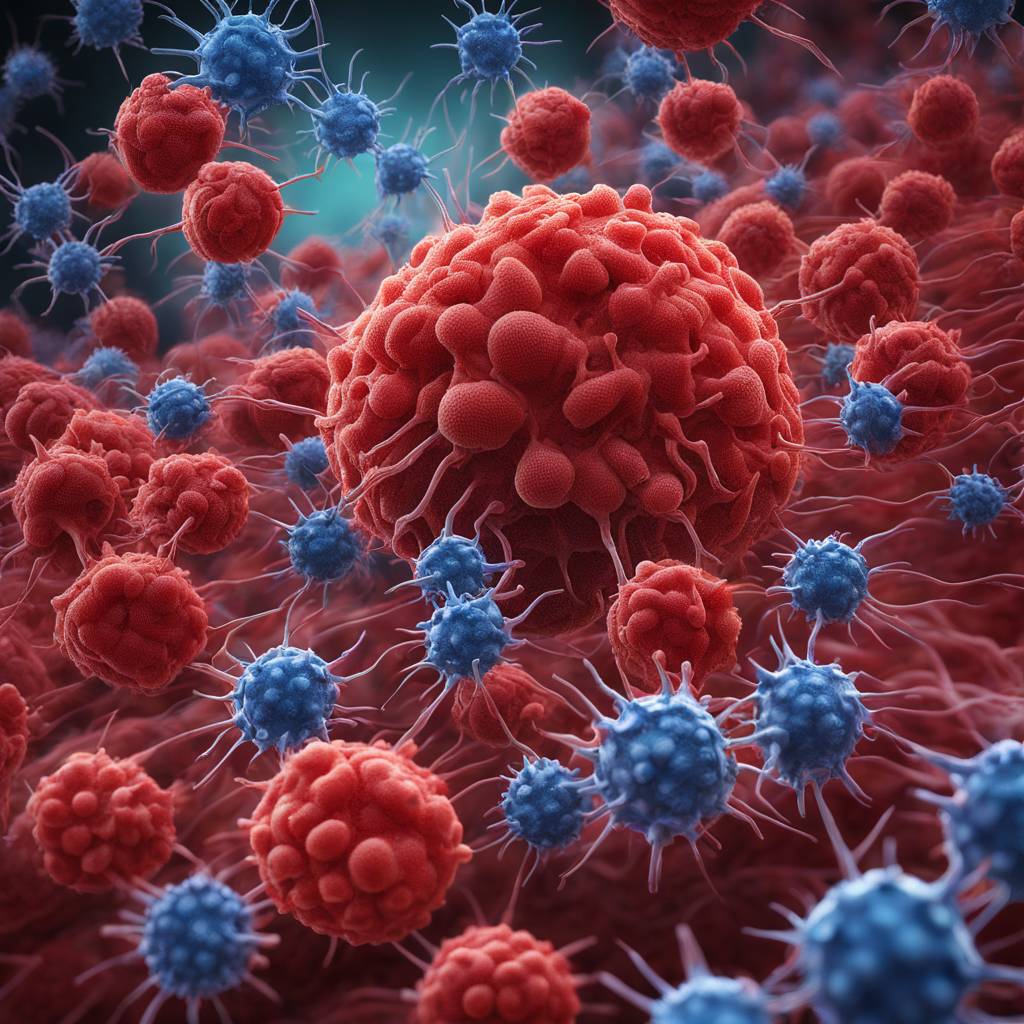Researchers at Karolinska Institutet, in collaboration with JLP Health and others, have made a significant breakthrough in understanding how the tick-borne Crimean-Congo haemorrhagic fever virus enters human cells. This deadly virus is spread through tick bites and can cause a serious disease with a mortality rate of up to 40 percent. Symptoms of the disease include fever, muscle pain, and organ failure, with no effective treatments currently available. The virus is present in around 40 countries, including new geographical areas such as Europe due to climate change.
In a study published in Nature Microbiology, researchers used human mini-organs grown in test tubes and an advanced stem cell library from JLP Health to identify that the virus enters cells via the LDL receptors that regulate blood cholesterol levels. This finding was further confirmed in tests on mice, which showed that mice lacking the LDL receptor did not get as sick as others. The discovery of this entry mechanism is a crucial step towards developing drugs for Crimean-Congo haemorrhagic fever, potentially by producing the receptor in test tubes and using it as a drug to trick the virus into binding to those receptors instead of human cells.
According to Ali Mirazimi, adjunct professor at Karolinska Institutet and a researcher behind the study, this knowledge is essential for preparedness in case the disease becomes more common and spreads to new areas. The ability to develop a drug against the virus is crucial in fighting potential outbreaks in the future. The researchers emphasize the importance of being proactive in developing treatments for this disease that has been spreading to new areas, including Europe. The study was conducted in collaboration with international partners and funded by the Swedish Research Council and the EU.
Crimean-Congo haemorrhagic fever is a disease that researchers would rather not have to deal with, given its severity and potential for spread through migratory birds carrying infected ticks. With the increased prevalence of the disease in new geographical regions, having a drug to combat it becomes even more critical. The research conducted by Karolinska Institutet, JLP Health, and other collaborators provides hope for the development of effective treatments against this deadly virus, which lacks specific therapies currently. The potential drug developed from this study could help prevent the virus from spreading in the body and reduce the severity of the disease.
The discovery of the entry mechanism for Crimean-Congo haemorrhagic fever virus into human cells opens up new possibilities for developing targeted therapies against this deadly disease. By identifying the protein that the virus uses to enter cells, researchers can explore ways to block this interaction and prevent viral replication. This critical step in understanding the virus’s mode of infection paves the way for the development of potential drugs that could be crucial in controlling future outbreaks of the disease. The collaborative research effort highlights the importance of international cooperation in addressing emerging infectious diseases and developing innovative treatments.
In conclusion, the identification of the entry mechanism for Crimean-Congo haemorrhagic fever virus into human cells represents a significant advancement in the development of potential treatments for this deadly disease. Researchers at Karolinska Institutet and their collaborators have made a critical step towards understanding how the virus infects cells and have laid the groundwork for future drug development efforts. This research provides hope for combating the spread of the virus in new areas and emphasizes the importance of preparedness and proactive measures in addressing emerging infectious diseases. The study highlights the potential for developing targeted therapies against the virus and underscores the importance of international collaboration in advancing our knowledge of infectious diseases.













